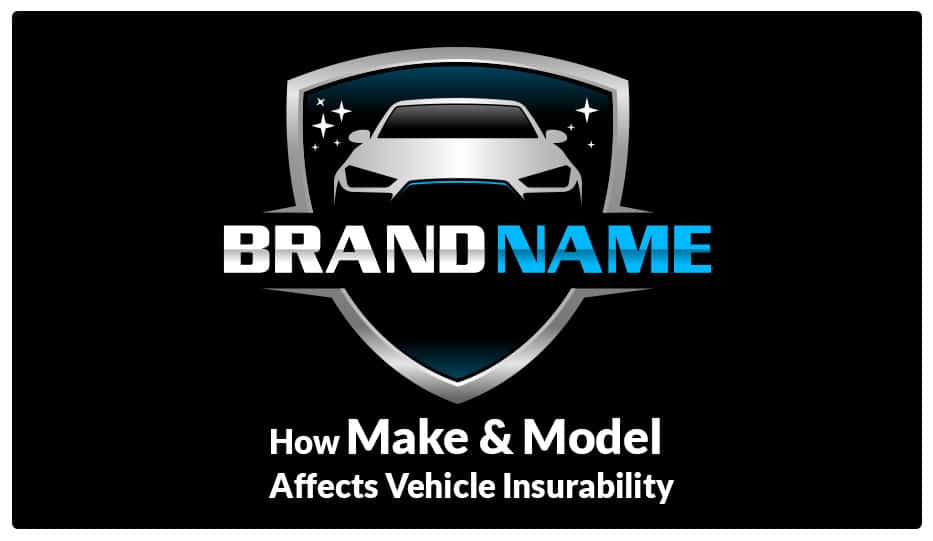At A Glance
Vehicle insurability and insurance rates are determined considering several factors. Additional accessories, purpose of the vehicle, driving behavior patterns, and the geographical insurance zone all play a role in deciding the annual rates you’ll pay for your vehicle insurance. But before all of those are taken into consideration, the first thing an insurer will note is the make and model of your vehicle.
What do the car make and model mean?
A car make is basically the name of the company that makes the vehicle. If you own a Toyota, your car make is Toyota.
The car model is the production series manufacture by the car maker. Each model comes with its own set of differentiating features. A Mercedes Benz E-Class and a Mercedes Benz C-Class are two different models with the same make.
Sometimes, there are versions within a make and model, where the basic version offers the bare minimum features, whereas a higher version offers other premium amenities. These are called as top-end models or high-end models.
Common sense dictates that the more expensive make and model vehicles will garner costlier insurance premiums. But these figures are not determined subjectively. In other words, just because a car is sleek and shiny, doesn’t necessarily mean it will have big fat premiums.
What is IDV?
To quantify vehicle insurability in tangible terms, insurance rates are determined based on the value of the vehicle, termed as Insured Declared Value (IDV). In other terms, IDV is the maximum amount your insurer will pay you in case an accident damages your vehicle beyond report or your vehicle gets stolen.
4 Factors That Impact Vehicle Insurability and IDV
Vehicle Aging
New vehicles are costlier than older ones. The more recently bought the vehicle is, the more expensive the insurance rates. This extends beyond the year of vehicle purchase also to the year the model was released. For instance, a 2010 Ford Fusion will be valued considerably lesser than the latest 2022 Ford Fusion model. A vehicle that’s been longer on the road has seen more ‘life’, meaning it has undergone more servicing and has higher chances of getting spare parts for repairs. This naturally reduces the vehicle insurability.
Vehicle Size
A big care is a safe car. In case of an accident, a hunkier model will prove to be more durable than a petite model. The larger car will accrue less damage, and will therefore cost less to repair.
But there’s a flip side to this benefit. A big car will protect the driver and itself but what about the other person? A big-sized vehicle crashing into a smaller vehicle will cause substantially more damage to the smaller one.
The insurability in this case depends on the type of coverage you have opted for. Does it cover for the damages only to your car or the other party as well?
Additional Accessories
Some drivers want a cosy driving experience. They enjoy sunroofs, remodelled upholstery, Bluetooth facility, smart navigation and other fancy accessories fitted in their vehicle model. This drives up the insurance rates because accident damage will affect these as well and will need to be repaired / replaced.
Add-On Safety
Where fancy accessories inflate vehicle insurability, add-ons that enhance accident safety actually reduce the insurance rates. Insurers become more comfortable knowing a vehicle with safety features will fare much better in an accident and will cost less in repairs. Moreover, safety features like anti-theft alarms will prevent the car from being jacked and stolen. Insurers will charge less premium for such vehicles.
Technology has revolutionized the way vehicle damages are calculated. Cheaper vehicle insurability with delays of pay-out is no better than an expensive insurance premium. Claim Genius offers a faster turnaround time on accident vehicle damage inspection through its GeniusPREINSPECT AI solution, which means your insurer will get back to you faster. Our AI Car Damage Recognition tool runs on both photos and video, making it easier even for you to submit your auto claim.


